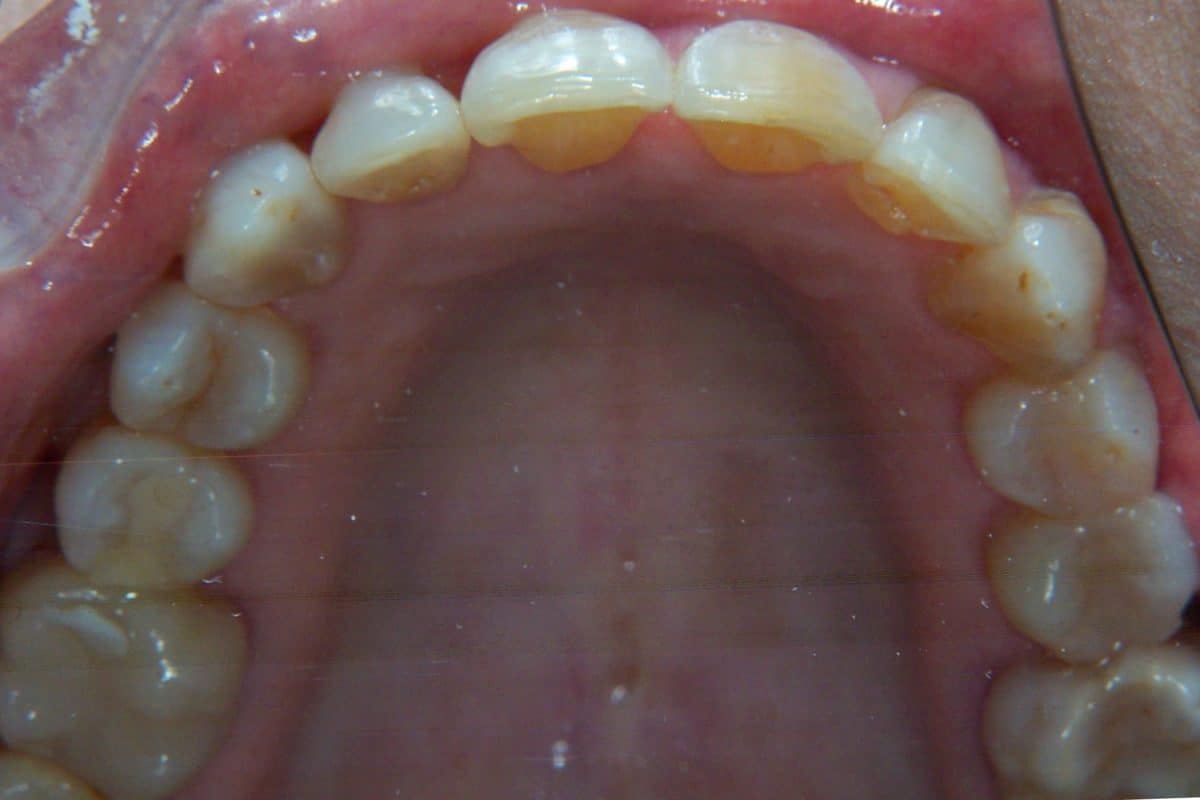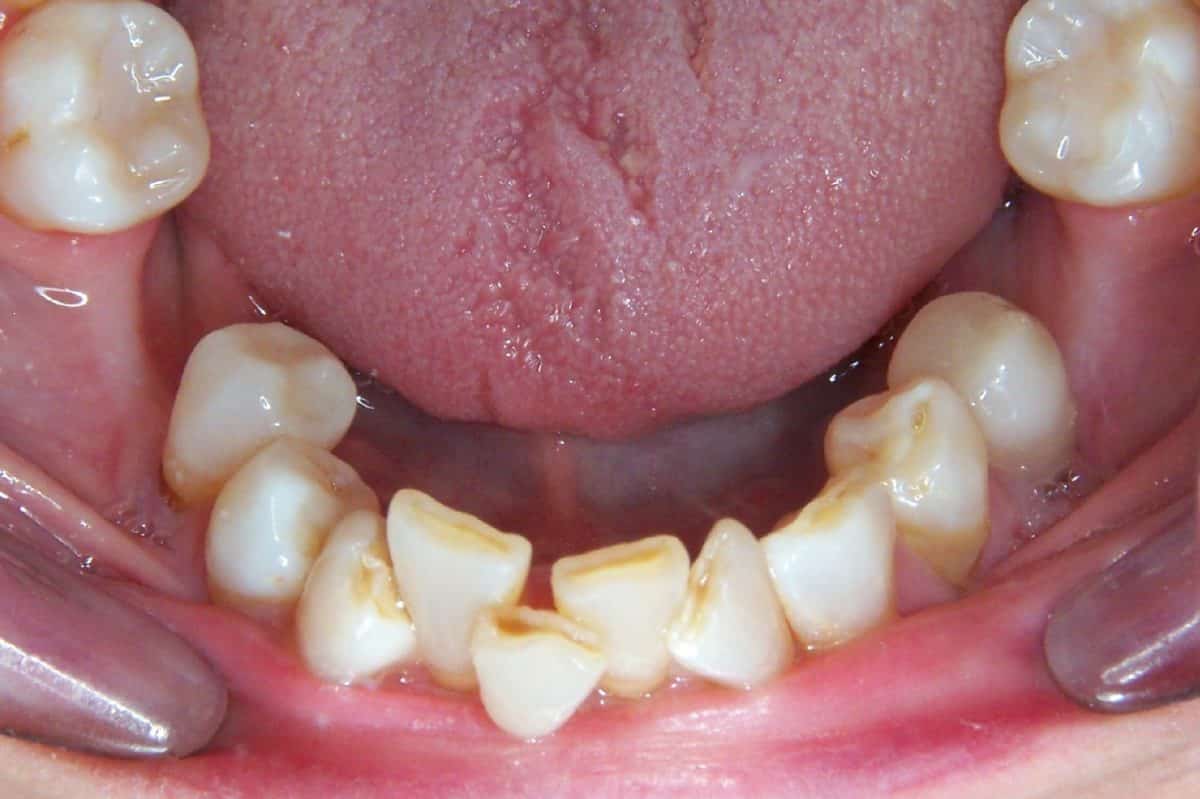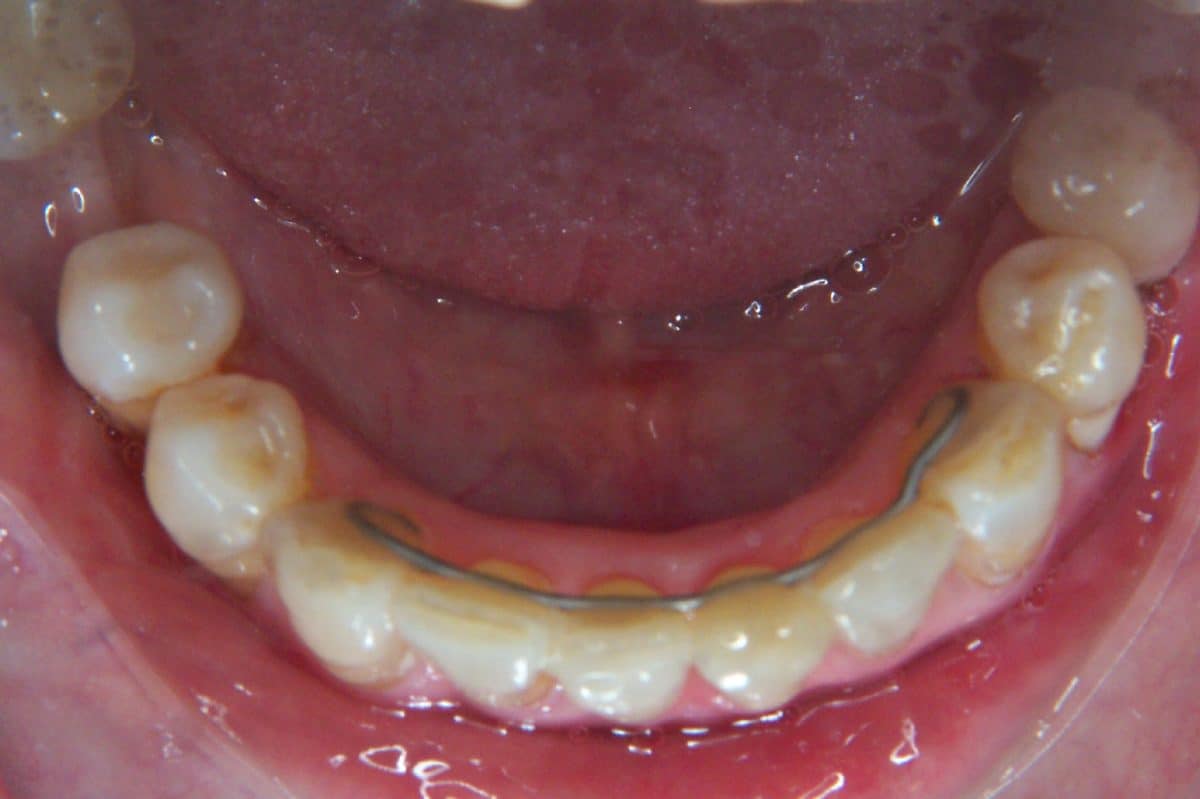Can You Floss With Braces?
If you’ve recently started wearing braces, you’ve likely realized that maintaining oral hygiene can be a bit challenging. Flossing, in particular, seems tricky when wires and brackets are in the way. But here’s the good news: not only can you floss with braces, but it’s also a vital part of caring for your teeth and gums during your orthodontic treatment.
Plaque and food particles easily build up around braces, and without proper cleaning, this can lead to cavities, gum disease, or even prolonged treatment times. Flossing is key to avoiding these issues and ensuring that your orthodontic experience ends with a beautiful, healthy smile.
Keep reading as we explore what makes flossing with braces different, the tools that can make it easier, and techniques to master the process.
Why Is Flossing Important with Braces?
Flossing removes food debris and plaque in places your toothbrush cannot reach. This feature is particularly essential for brace-wearers, as brackets and wires create additional nooks and crannies that trap debris. Without proper care, built-up plaque can lead to:
- Decalcification: White spots on the teeth due to enamel damage.
- Cavities: Increased risk of tooth decay from trapped sugar or food particles.
- Gingivitis: Irritation and inflammation of the gums due to accumulated plaque.
For orthodontic patients, these complications aren't just cosmetic. Gum inflammation and decay can hinder your treatment plan, delaying results. That’s why flossing remains just as important as regular brushing.
Handy Tools for Flossing with Braces
The thought of navigating dental floss around wires and brackets might feel daunting. Fortunately, innovative tools make flossing with braces much simpler and faster:
- Orthodontic Flossers: Explicitly designed for braces, these pre-threaded floss picks can weave around brackets with minimal effort.
- Floss Threaders: These handy tools act like needles, threading regular dental floss beneath wires.
- Water Flossers: A popular choice, water flossers use targeted jets of water to clean between teeth and around braces. They're efficient, easy to use, and gentle on sensitive gums.
- Interdental Brushes: Tiny brushes designed to fit between the wires and teeth, ideal for removing debris from hard-to-reach spots.
Using the right tool not only simplifies the process but also ensures effective cleaning every time you floss.
Step-by-Step Guide to Flossing with Braces
To make flossing with braces more approachable, here’s a proven method you can follow:
- Start with a Threader or Orthodontic Floss: Regular floss on its own is tricky to use with braces. Attach your floss to a threader, or opt for orthodontic floss designed for braces.
- Thread Carefully: Insert the floss under the wire, holding it securely in both hands. Gently guide the floss between your teeth, ensuring it doesn’t snag on the brackets.
- Clean Every Side: Use an up-and-down motion along the sides of each tooth, carefully flossing beneath the gumline. Do this for both adjacent teeth in each gap.
- Repeat the Process: Move to the next tooth and repeat the threading and cleaning motion for your entire arch. It may take a bit longer, but the results are worth it.
- Enhance your routine with a Water Flosser or Brush: For added cleaning power, follow up your flossing with a water flosser or interdental brush.
With consistent effort, flossing will soon feel second nature, even with braces.
Making Oral Hygiene a Daily Habit
While orthodontic care focuses on correcting your smile, oral hygiene helps keep your teeth and gums healthy throughout the process. Developing a routine that includes careful brushing and flossing is the best way to maintain your oral health. Commit to flossing at least once a day, ideally before bedtime, to minimize plaque buildup overnight.
Investing time in proper oral hygiene doesn’t just preserve your teeth during treatment; it also lays the foundation for a lifetime of healthier habits post-braces.
To learn more about how to maintain your smile and floss with braces, explore our full range of orthodontic services and tips.
Frequently Asked Questions About Braces
How often should I floss with braces?
You should floss at least once a day to prevent plaque from building up around your braces. Aim to make flossing part of your bedtime routine for thorough cleaning before you go to sleep.
Are water flossers as effective as traditional flossing?
Water flossers are a great complement to traditional flossing, but they might not fully replace it. They are excellent for removing debris around wires and brackets, but might miss the tight spaces that traditional floss effectively cleans. For best results, use both methods.
At Legacy Smiles Orthodontic Specialists, we specialize in orthodontic care for kids, teens, and adults. From braces to Invisalign, our customized treatments focus on creating healthy and beautiful smiles. For more information, contact us.


